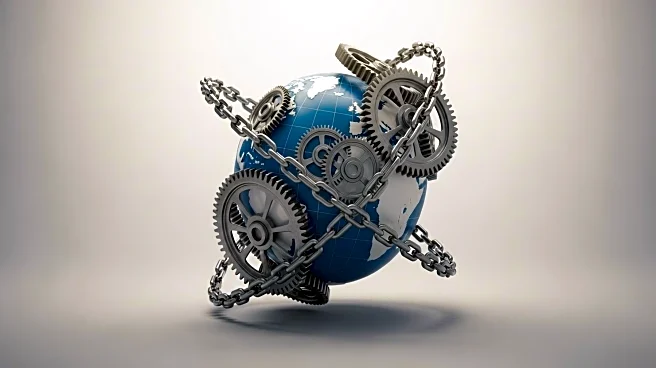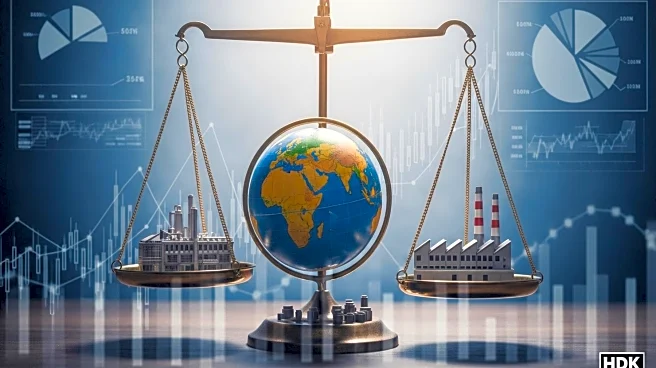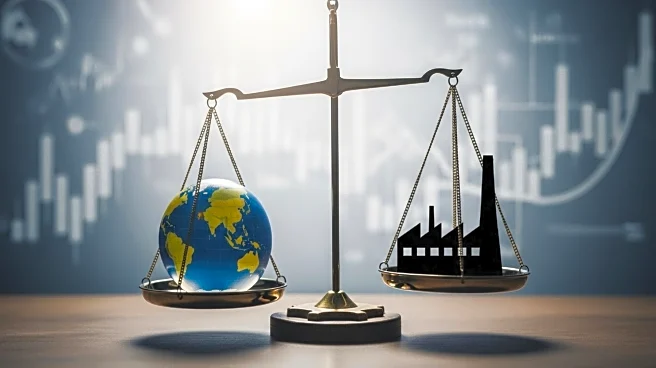What is the story about?
What's Happening?
President Trump has announced new tariffs on drugs, trucks, and home renovation materials, aiming to bolster domestic manufacturing and national security. These tariffs are part of a broader strategy to support U.S. industries but have led to unintended consequences affecting supply chains. The Department of Commerce has also expanded the export blacklist to include subsidiaries, addressing concerns about foreign companies evading restrictions. Meanwhile, the manufacturing sector faces challenges related to workforce management and the integration of AI with lean practices.
Why It's Important?
The expansion of tariffs by President Trump is significant as it impacts various sectors of the U.S. economy, particularly manufacturing. While intended to protect domestic industries, these tariffs may disrupt supply chains and increase costs for businesses and consumers. The inclusion of subsidiaries in the export blacklist highlights ongoing efforts to prevent circumvention of trade restrictions. These developments underscore the complex interplay between trade policies and economic stability, with potential implications for international relations and domestic market dynamics.
What's Next?
The manufacturing industry may need to adapt to these changes by exploring alternative supply chain strategies and sourcing options. Companies might invest in technology and innovation to mitigate the impact of tariffs and enhance competitiveness. Additionally, policymakers and industry leaders could engage in discussions to address the challenges posed by these trade measures, seeking solutions that balance protectionism with economic growth.
Beyond the Headlines
The tariff expansion raises ethical and strategic questions about the role of government in regulating trade and supporting domestic industries. It also prompts a reevaluation of global trade relationships and the potential for increased protectionism. As industries navigate these changes, there may be a shift towards more sustainable and resilient business practices.
AI Generated Content
Do you find this article useful?













